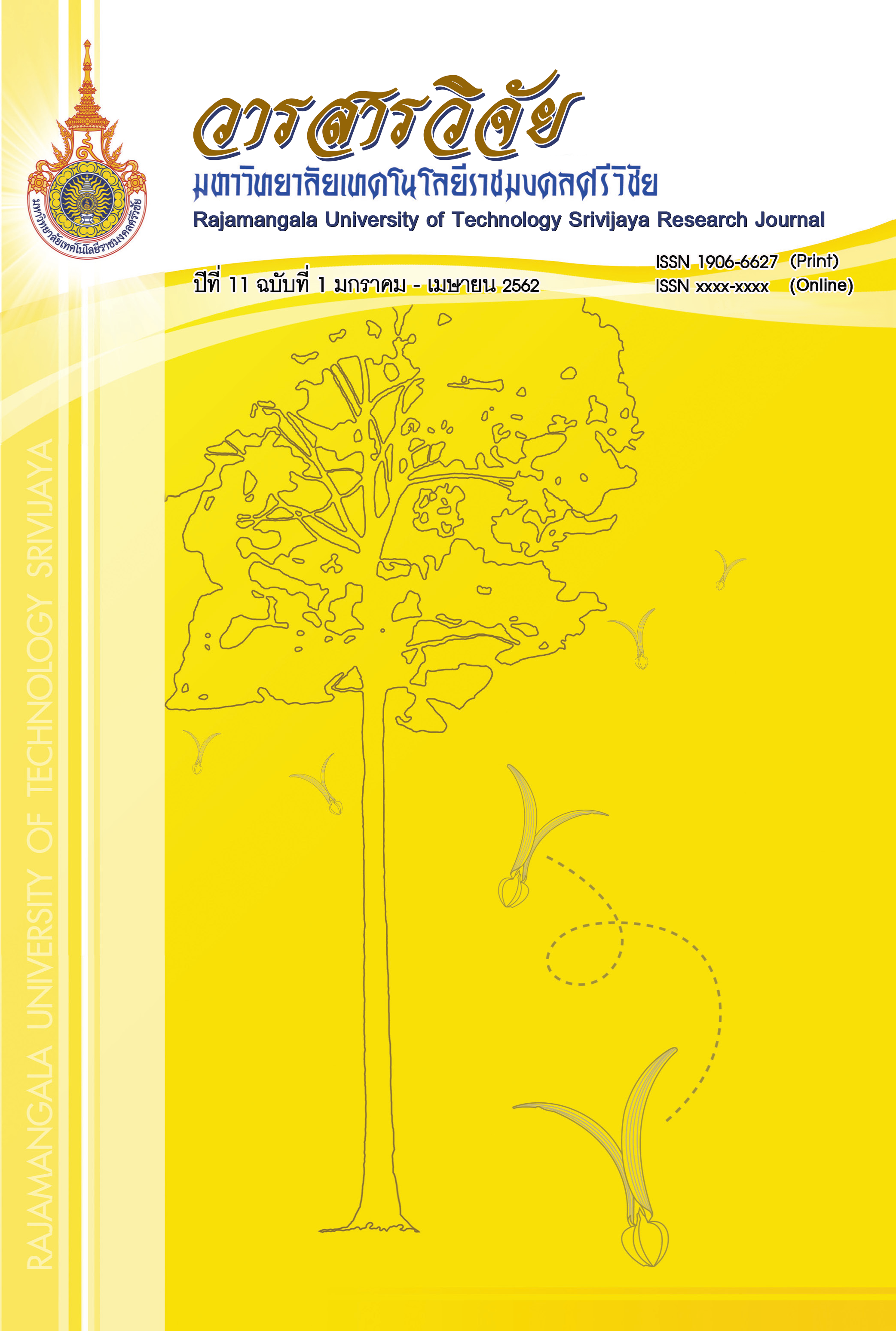Comparison of Qualities of Sterilized Goat Milk Produced from Fresh and Frozen Goat Milk and Effect of Stabilizers
Keywords:
fresh goat milk, frozen goat milk, sterilization, stabilizerAbstract
This research compared effects of using fresh raw goat milk and frozen goat milk (freeze at -18OC) to produce canned sterilized goat milk and examined effects of adding and non-adding stabilizers. The treatments were (1) Control (non-adding stabilizer), (2) adding 10 mM of disodium hydrogen phosphate (DSHP), (3) adding 10 mM of dipotassium hydrogen phosphate (DPHP) and (4) adding 2 mM of calcium chloride (CC) to improve stability of milk before sterilization.. The experimental design was 2 × 4 Factorial in CRD. Raw goat milk in the study had quality complied with the Thai Agricultural Commodity and Food Standard (TAS 6006-2008)-Raw Goat Milk. The results of this study found that freezing induced an increase of sediment content and fat droplet size (p<0.05). In addition, the freezing affected a decline (p<0.05) in particle size of protein and decreased in calcium, magnesium, sodium and phosphorus content in milk serum. Addition of stabilizers especially DPHP lowered sediment content in sterilized goat milk from 2.66% (control) to 0.64%. Furthermore, the sterilized goat milk from this treatment had less fat droplet size and particle size than the DSHP and CC treated. In conclusion, the goat milk that had quality conformed to the TAS 6006-2008 before freezing, and added 10 mM of the DPHP before sterilizing. The sterilized milk quality obtained is not different from the one produced from fresh goat milk.
Downloads
Published
How to Cite
Issue
Section
License
The content and information in the article published in Journal of Rajamangala University of Technology Srivijaya It is the opinion and responsibility of the author of the article. The editorial journals do not need to agree. Or share any responsibility.







